
Vietnam emerges victorious in fight against COVID-19: Ambassador Ton Sinh Thanh
Latest
| TIN LIÊN QUAN | |
| Vietnam provided medical support to help Italy in combating COVID-19 | |
| Vietnam, Cuba vow to tighten relations amid the COVID-19 outbreak | |
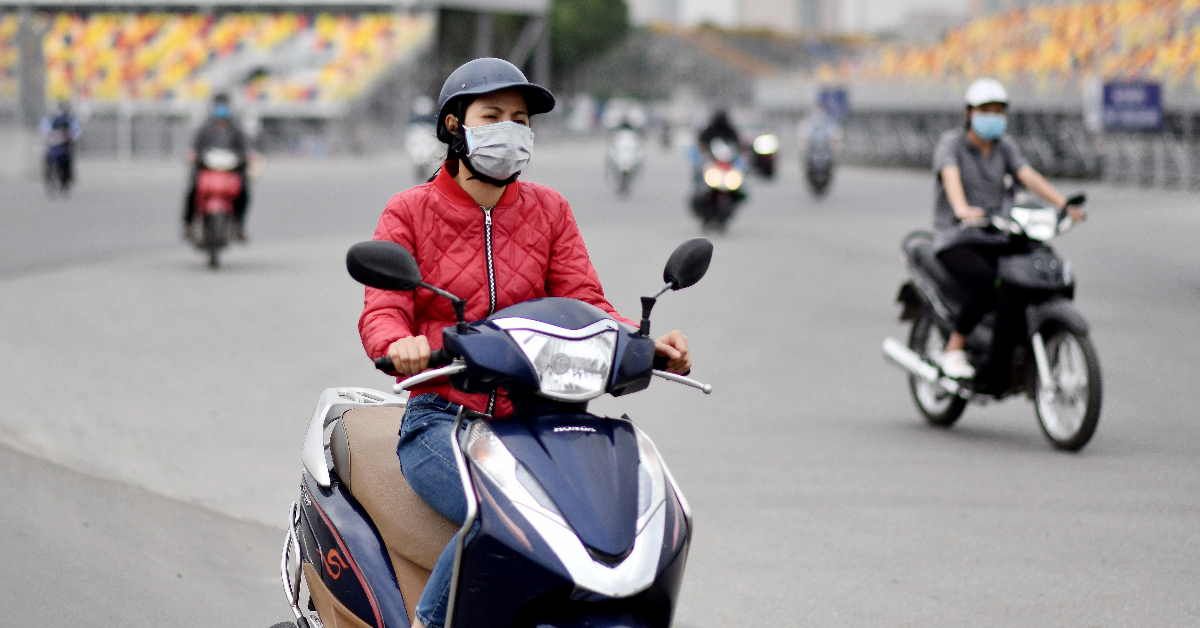 |
| Vietnam emerges victorious in fight against COVID-19. (Photo: AFP) |
On January 23, Vietnam reported its first COVID-19 infection case. Over three months later, while the global infection numbers have crossed three million and nearly 250,000 people have died, Vietnam has seen only 270 cases with zero deaths (by May 5).
Many people expected Vietnam to have a high infection rate because of the 1400-km long border with China. With an area of 331,700 square km and a population of 96 million, Vietnam has a relatively dense population. Moreover, the country has limited resources to cope with the disease. Over the past two decades, with high economic growth, GDP per capita has more than doubled to US$2,700 in 2019. More than 45 million Vietnamese have escaped from poverty. However, the country’s healthcare resources are far behind those in other developed countries, including in the ASEAN region; Vietnam has only about eight doctors per 10,000 people.
So how is the COVID-19 infection rate so low in Vietnam?
Going to war
The answer can probably be the government’s slogan ‘Fighting pandemic like fighting against the enemy,’ which the people responded to actively. The spirit of previous wars against foreign invaders has taken over the fight against the COVID-19 pandemic.
While other countries remained confused and ambivalent about the pandemic, the Vietnamese government and people realized its danger from China. Accordingly, an anti-pandemic steering committee was established on January 30.
| Read more |
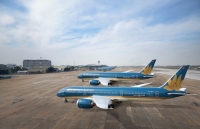 Vietnamese citizens return home safely from US Vietnamese citizens return home safely from US |
Like in the war, Vietnam mobilized all its resources, including the army, to cope with the disease. On February 1, the country launched a series of measures to prevent the spread of COVID-19, including suspending all flights to and from China and closing all schools and universities. The following week, Vietnam closed the border with China but maintained necessary trade exchanges.
From the beginning, anyone entering the country from a high-risk area was required to isolate for 14 days. While other countries only quarantined and tested people infected and their direct contacts, Vietnam isolated all infected people and those who were suspected to be infected.
For instance, the positive cases are considered F0 and put into treatment in the hospital. People who have been exposed to F0 are known as F1, are tested and quarantined at military camps or in hospitals. Cases of F2 are required to isolate themselves at home for two weeks. If F1, is positive it becomes F0 and so F2 becomes F1. The Vietnamese military has reserved facilities with a capacity of 60,000 people for isolation, to prevent the spread of disease. All people are required to report their epidemiological and contact history in order to localize and detect possible suspected infections as soon as possible.
Low-cost strategy
Unlike other countries, Vietnam has chosen a ‘low-cost’ strategy of testing those in isolation instead of conducting the expensive large-scale screening. At the beginning of March, only a small part of the tens of thousands of people in isolation facilities were tested. By April, the number of tests had exceeded the number of people in isolation. Many tests were administered to people who were at a high risk of exposure, such as those at markets in Hanoi. Entire areas were frozen where multiple cases were detected, for instance, the Ha Loi and Son Loi villages and in the Bach Mai hospital.
Vietnam has also implemented a number of other measures such as suspending visa exemption for citizens of some countries; closing cinemas, clubs, bars, massage parlors and karaoke rooms; and banning gatherings of more than 10 people.
| Read more |
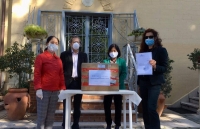 Vietnam provided medical support to help Italy in combating COVID-19 Vietnam provided medical support to help Italy in combating COVID-19 |
On April 1, when the number of COVID-19 cases exceeded 200, the Vietnamese government imposed nationwide social distancing for 15 days. All international and domestic flights and intercity buses were suspended, wearing masks in public places was made compulsory; people are allowed to leave their houses only to buy food, and all gatherings are prohibited. The social distancing measures were extended in localities still at a high risk of infection. This decision was made to prevent the spread of the pandemic and minimize the impact of social distancing on the economy.
Towards digitization
Social distancing has brought about remarkable results such that no new cases have been reported around the country for 16 consecutive days. Surprisingly, it is the COVID-19 pandemic and social distancing that has speeded up digitization and online activities in Vietnam.
E-governance, which had been sluggishly implemented thus far, has suddenly become a reality. Civil servants have confidently performed their duties online from home, while government leaders have used online conferencing to communicate with officials. Schools and universities have quickly switched to teaching online without any difficulties. Educational and teaching programs are also being made available on TV stations. Such digital methods not only help reduce the risk of transmission through daily social interactions but also help the country to move a step closer to the 4.0 industrial revolution.
 | Vietnamese citizens return home safely from US More than 340 Vietnamese citizens have returned home safely from the US and been quarantined upon their arrival, according to the Vietnamese Ministry of Foreign ... |
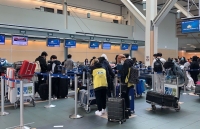 | Vietnam brings home 276 citizens from Canada amid COVID-19 As many as 276 Vietnamese citizens were flown home from Vancouver, Canada, on May 8 and 9. |
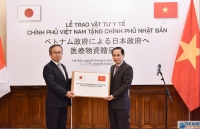 | Vietnam presents 140,000 medical face masks to Japan to help fight COVID-19 Deputy Foreign Minister Le Hoai Trung on May 8 handed over the token of the 140,000 medical face masks from the Vietnamese Government and people ... |













